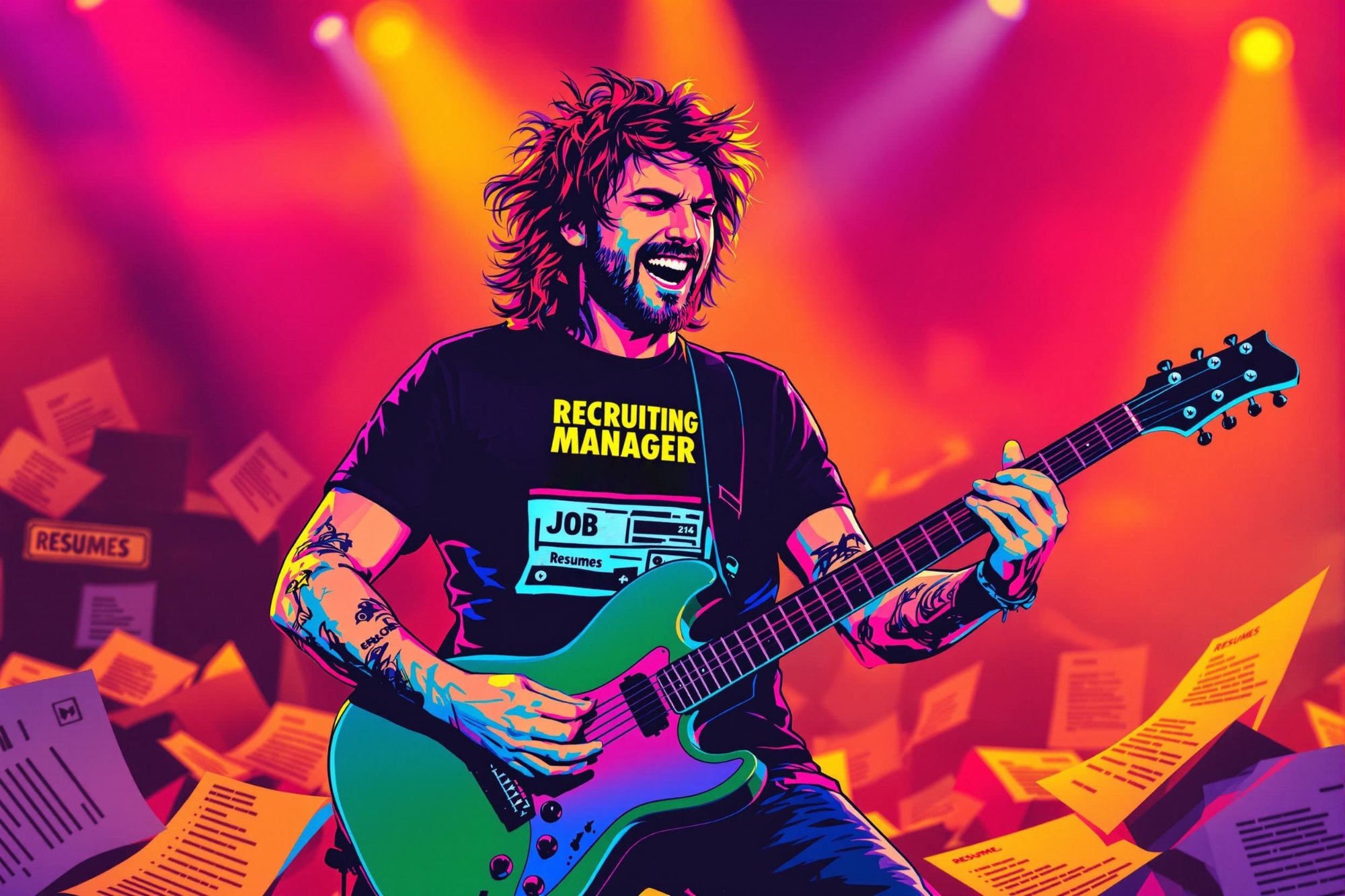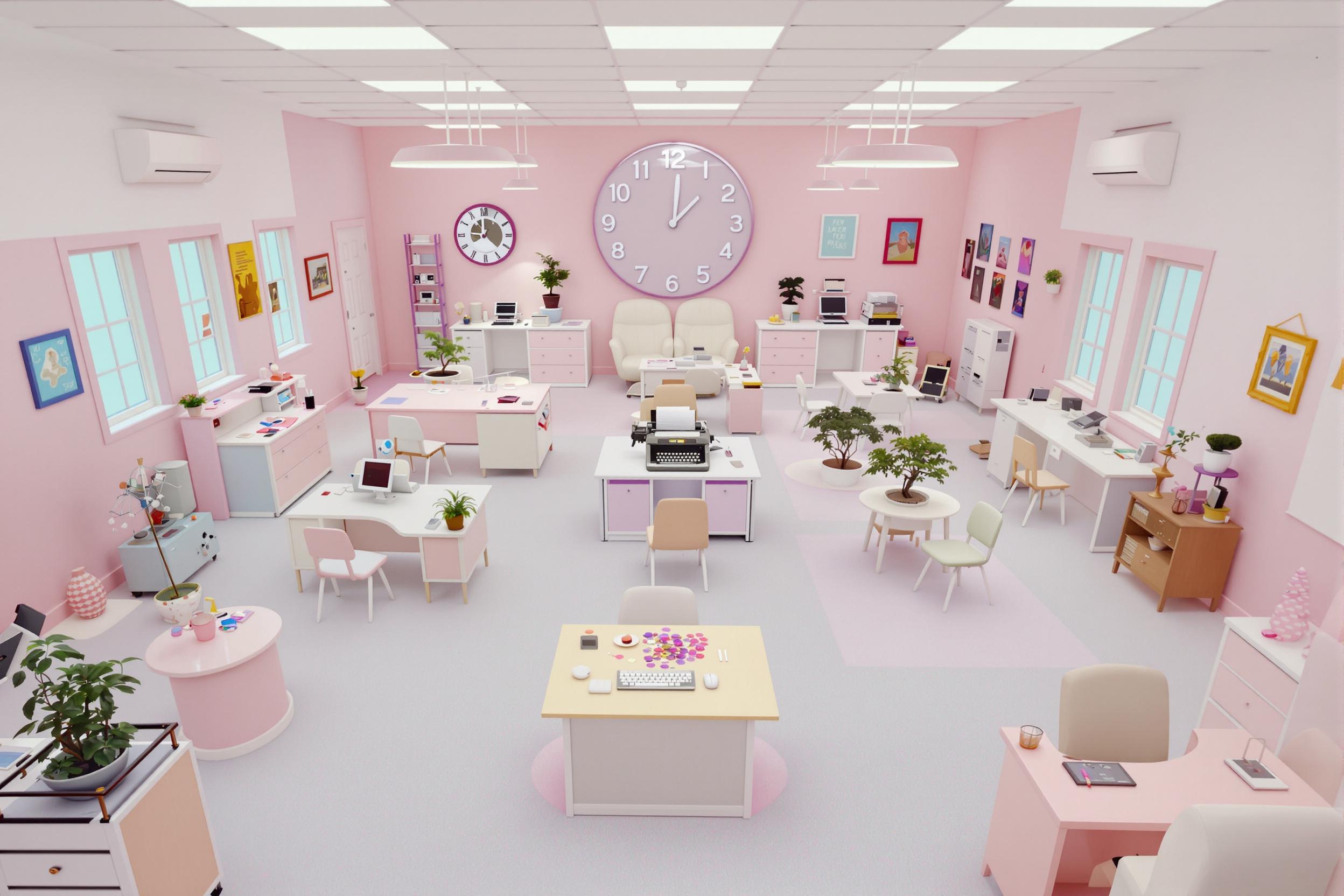
Motion Capture
Motion Capture, often called "MoCap" or "Performance Capture," is a technique used in animation and film to record real people's movements and apply them to digital characters. Think of it like digital puppetry - actors wear special suits with markers, and their movements are recorded by special cameras to make animated characters move naturally. This technology is widely used in movies, video games, and TV shows to create realistic character animations. Companies often look for artists who can work with motion capture data to create smooth, lifelike animations.
Examples in Resumes
Created character animations using Motion Capture data for a major video game project
Cleaned and refined MoCap data for animated film sequences
Supervised Motion Capture shooting sessions with actors and athletes
Integrated Performance Capture data into final animation workflows
Typical job title: "Motion Capture Artists"
Also try searching for:
Where to Find Motion Capture Artists
Online Communities
Job Boards
Events & Conferences
Professional Networks
Example Interview Questions
Senior Level Questions
Q: How would you handle a motion capture shoot with multiple actors interacting?
Expected Answer: Should explain coordinating multiple performers, managing different data streams, and troubleshooting technical issues in real-time. Should mention experience with various mocap systems and handling complex scenes.
Q: Describe your experience managing a motion capture pipeline from capture to final animation.
Expected Answer: Should discuss overseeing the entire process, including planning shoots, managing data processing, coordinating with animators, and ensuring quality throughout the production pipeline.
Mid Level Questions
Q: How do you clean and process raw motion capture data?
Expected Answer: Should explain the process of fixing tracking errors, smoothing movements, and preparing the data for animators to use, while maintaining the original performance quality.
Q: What's your approach to solving technical issues during a motion capture session?
Expected Answer: Should describe common problems like marker occlusion or data gaps, and how to solve them efficiently without disrupting the shooting schedule.
Junior Level Questions
Q: What are the basic components of a motion capture system?
Expected Answer: Should be able to describe the basic setup including cameras, markers, capture space, and recording software in simple terms.
Q: What's the difference between optical and inertial motion capture?
Expected Answer: Should explain that optical uses cameras and markers, while inertial uses sensors, and describe basic advantages and disadvantages of each.
Experience Level Indicators
Junior (0-2 years)
- Basic motion capture data cleaning
- Understanding of capturing sessions
- Basic animation principles
- Knowledge of mocap software basics
Mid (2-5 years)
- Independent handling of capture sessions
- Advanced data cleaning and processing
- Problem-solving during shoots
- Character animation integration
Senior (5+ years)
- Complete motion capture pipeline management
- Team supervision and training
- Complex shoot coordination
- Technical direction and troubleshooting
Red Flags to Watch For
- No understanding of basic animation principles
- Lack of experience with any motion capture software
- No knowledge of the motion capture shooting process
- Poor communication skills with actors and team members
Related Terms
Need more hiring wisdom? Check these out...

When Job Ads Dance: Why Your Next Hire Might Come From a 20-Second TikTok

Unlocking Team Potential: Personality Mapping for Dynamic Management

Step Into Our World: How Pre-Recorded Virtual Workplace Tours Are Changing The Recruitment Game

